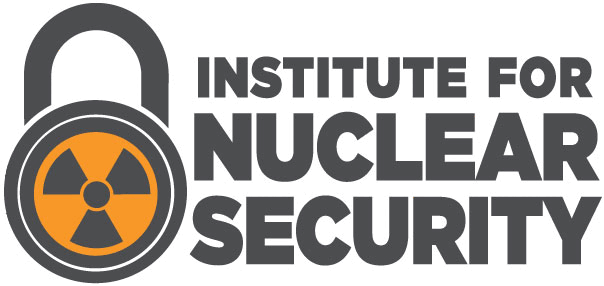Author ORCID Identifier
https://orcid.org/0000-0002-7894-3872
Abstract
Terrorism has always been a part of human history in various forms. However, it had not been such a clear and present danger until the 9/11 attacks. After the 9/11 attacks, terrorism evolved into a new kind of terrorism only aiming to change a system with sensational attacks that cause so many deaths. Today, it poses a threat in the form of nuclear terrorism. Its potential rate of lethality could not be compared with any other forms of terrorism if terrorists managed to detonate an intact nuclear weapon or an improvised nuclear device. In addition, the psychological effects of sabotaging a nuclear facility or exploding a “dirty bomb” would be much more powerful than any other form of terrorism. In response, states have already started to cooperate through various international responses, collectively known as nuclear security. But, nuclear security is still developing and seems not yet strong enough to effectively cope with the threat of nuclear terrorism. On the other hand, there is the international nuclear nonproliferation regime based on the three pillars of nuclear nonproliferation, the peaceful use of nuclear energy, and nuclear disarmament. However, its scope is limited to address threats stemming from traditional state actors such as nuclear war and proliferation. Nonetheless, this regime still offers a useful base for nuclear security to develop a more effective framework for international responses to the threat of nuclear terrorism. The inspiration and guidance of the international nuclear nonproliferation regime would lead to more effective nuclear security.
DOI
https://doi.org/10.7290/ijns07e3t1
Recommended Citation
Alkış, Muhammed Ali
(2022)
"Threat of Nuclear Terrorism: The Developing Nuclear Security Regime,"
International Journal of Nuclear Security:
Vol. 7:
No.
1, Article 17.
https://doi.org/10.7290/ijns07e3t1
Available at:
https://trace.tennessee.edu/ijns/vol7/iss1/17
Creative Commons License

This work is licensed under a Creative Commons Attribution 4.0 International License.


